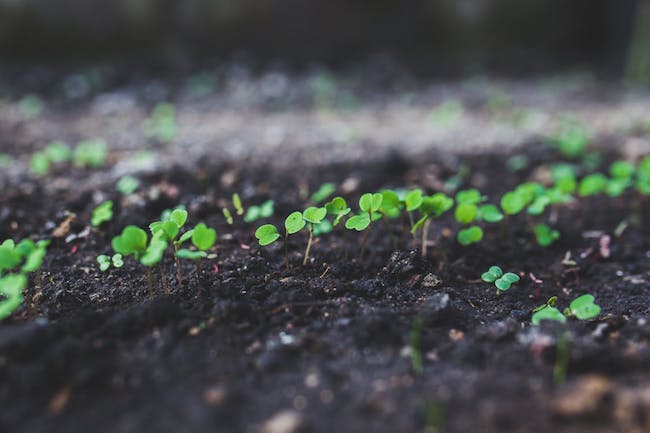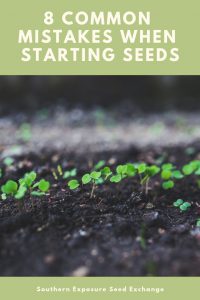We’re starting to transplant some of the more cold-hardy seedlings, such as cabbage, cauliflower, and broccoli, into the garden this week. Before we transplant any seedlings, we complete a process known as hardening off.
In your home, your seedlings experience controlled climate conditions. They receive consistent light, moisture, temperature, and no wind. When we harden them off, we prepare them for the uncontrolled climate outside in the garden. If you skip hardening off, transplanting can shock your seedlings, meaning that they can stunted, fail to thrive, or die from the sudden changes.
When and How to Harden Off Seedlings
Generally, we start hardening off seedlings one to two weeks before our ideal transplant date. Longer, slower hardening-off periods are usually better, so give it the full two weeks if you can. We start with just an hour or two of outside time each day and slowly increase that until the plants are ready to spend the whole day outdoors.
Don’t place your seedlings outside on very windy days or when the temperature remains below 45°F. These conditions can shock even cold-hardy seedlings.
Hardening Off Considerations
When we think about hardening off our seedlings, there are a few things we want to consider: sunlight, water, wind, and temperature. Below, we’ll dive into how to manage these factors as we harden off our seedlings.
Sunlight
Your indoor lights are great for starting seedlings but aren’t as harsh as the natural sunlight your plants will face in the field.
To begin hardening them off, set them out in a shady, sheltered location for one to two hours per day. Gradually move them to sunnier areas and increase the amount of time they spend outdoors.
Water
Plants in the field probably won’t receive the same consistent moisture they received under your watchful eye indoors. Occasionally, letting seedlings dry out but not wilt will help them adapt. 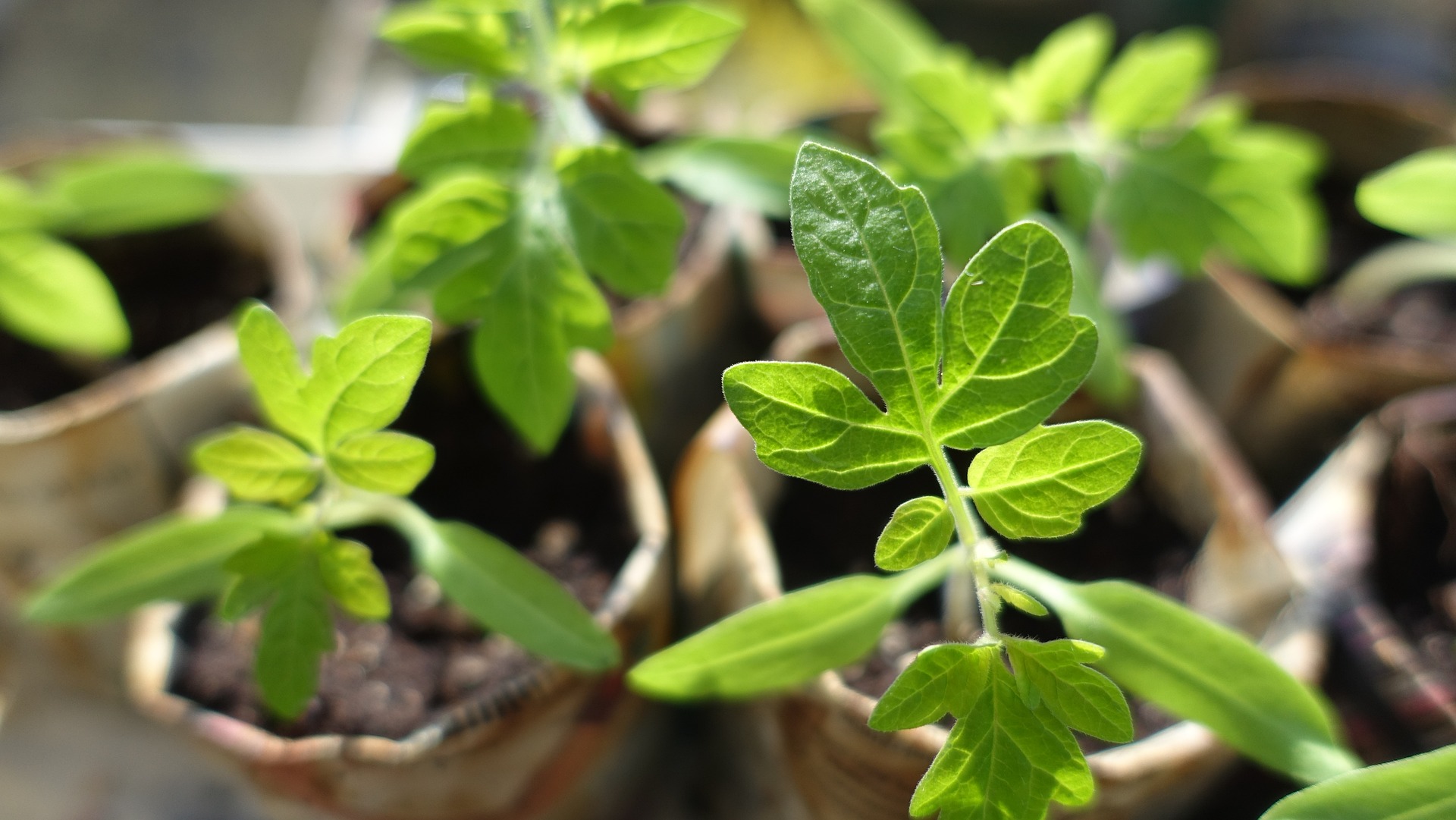
Wind
Your tender seedlings have never dealt with any wind in your house. Start them outside in a sheltered location and avoid putting them out on very windy days. While your seedlings are still indoors, you can mimic the wind by gently brushing the tops with your hand.
Temperature
Sticking seedlings out as soon as we’ve had a few warm days can be tempting, but you want to avoid damaging your plants. Don’t harden off seedlings when temperatures are below 45°F. Some plants will fail to produce if exposed to cold temperatures overnight.
For example, broccoli may “button up” or only produce tiny heads if the seedlings experience temperatures below 20°F. These cold temperatures make the broccoli think it has gone through winter and is time to flower.
Cucumbers and melons may also stop growing if the temperatures get too cold. Bring them in at night until temperatures stay above 50°F.
If your area is still experiencing cold temperatures, placing your seedlings in a low tunnel, cold frame, or hoop house can provide a buffer and help them slowly adapt to cooler temperatures.
Transplanting Tips
- Transplant on an overcast or cloudy day.
- Ensure your soil is loose, and add compost to the bed or planting hole.
- Loosen the roots on any root-bound plants.
- Water seedlings well.
- Place mulch around seedlings.
It can be tempting to haul your plants out to the garden and put them in the ground on a sunny day. However, making the most of your plants requires a little more preparation. Hardening off your seedlings is essential to thriving crops.

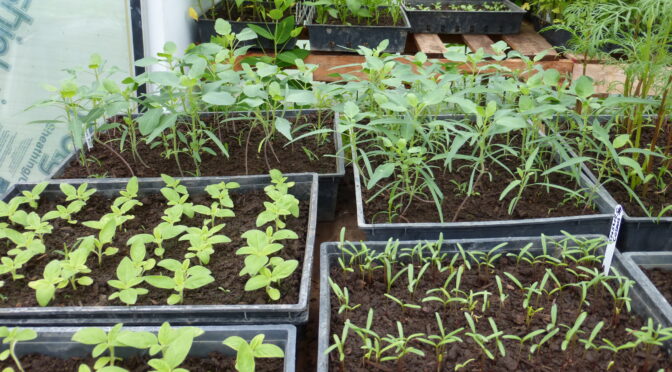
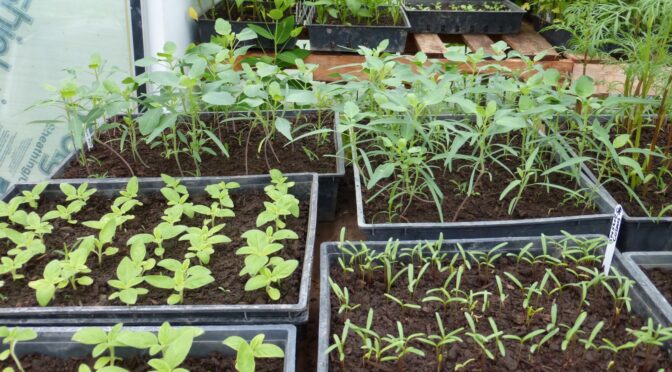
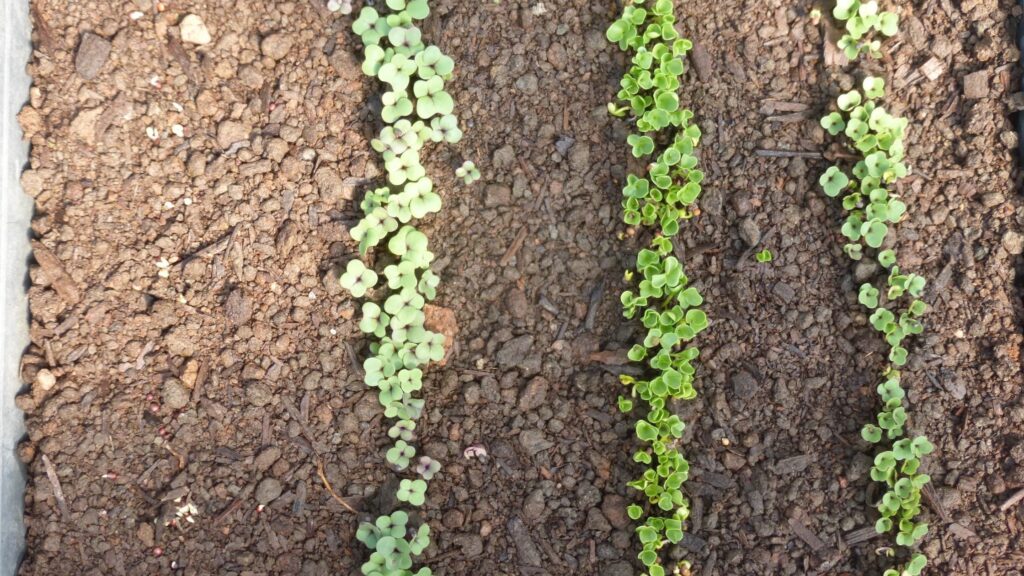 Starting Indoors: The Basics
Starting Indoors: The Basics